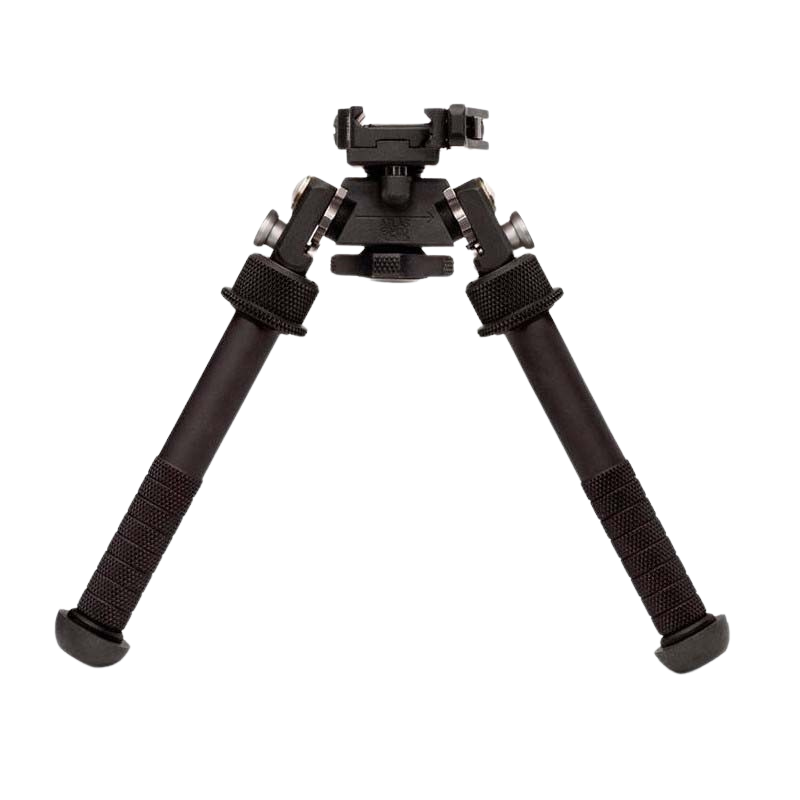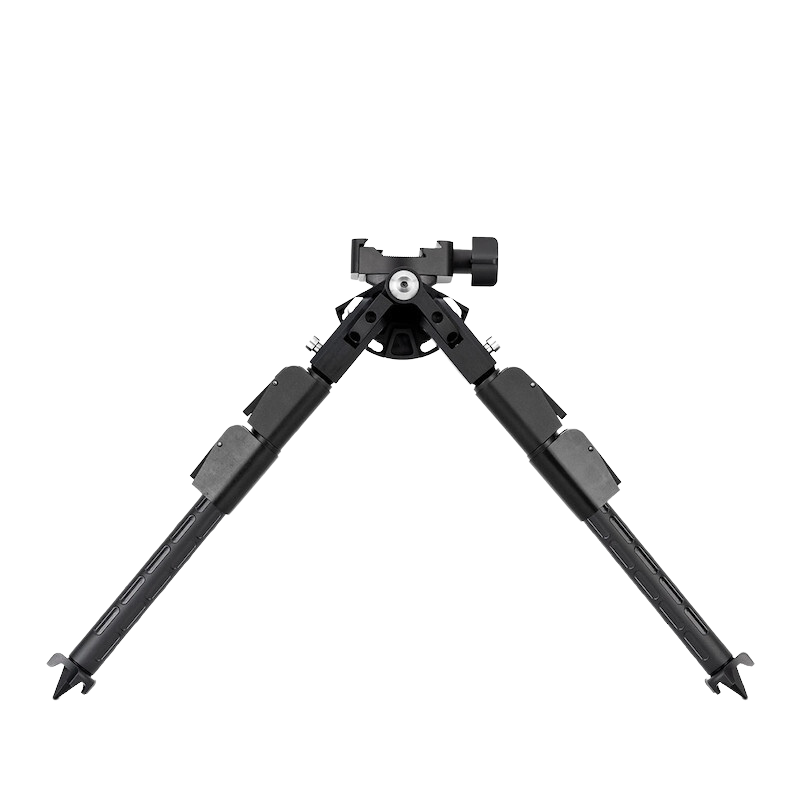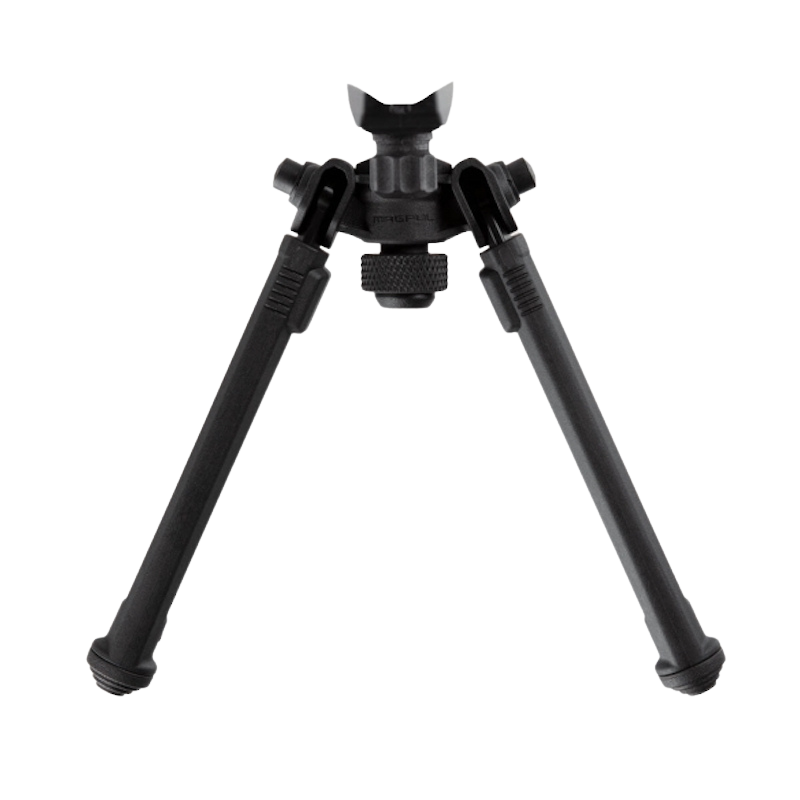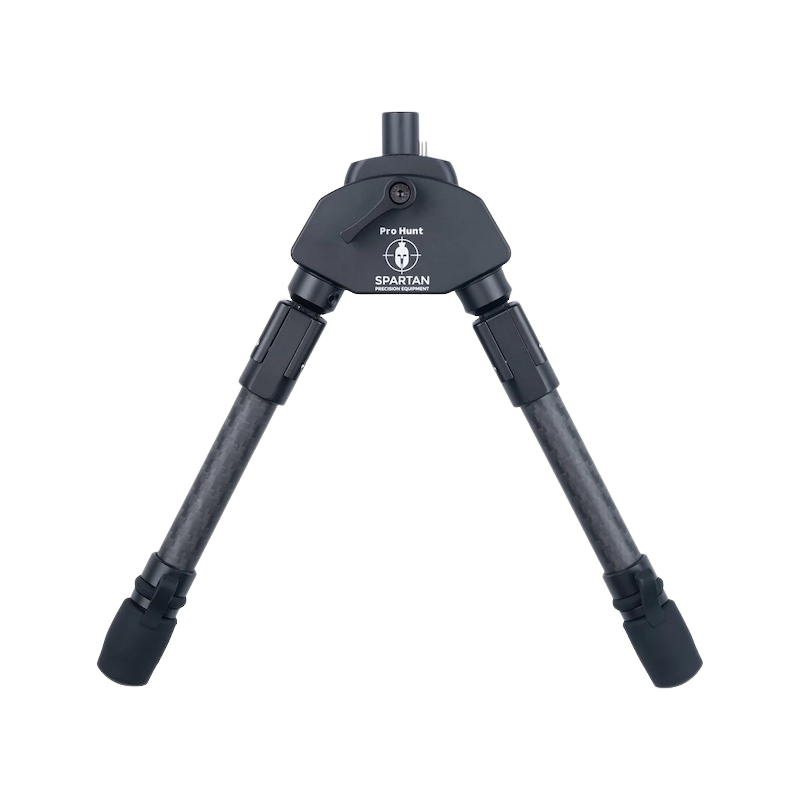
I’ve been fortunate enough to hunt and compete using some of the top hunting bipods on the market. The “best” bipod for you might not be on this list, but the following should still point you in the right direction based on your hunting style.
This article dives into the pros and cons of four different bipods: Atlas PSR, MDT CKYE-POD Lightweight Double Pull, Magpul Bipod, and Spartan’s Javelin Pro Hunt Tac Bipod. I pick a winner at the end of the article, but keep in mind that my reasoning might not align with your goals. If you want a solution that fits your personal needs, don’t immediately scroll to the end–check out the pros and cons of each option and make the pick that’s right for you.
Jump to: OUR RECOMMENDATIONS
PRODUCTS WE LOOKED AT
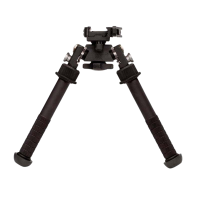 Atlas PSR
|
 MDT CKYE-POD Lightweight Double Pull |
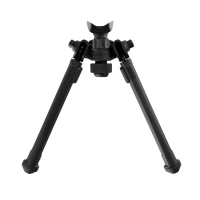 Magpul Bipod |
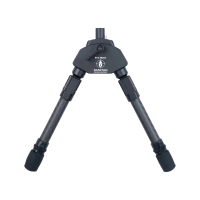 Spartan Javelin Pro Hunt Tac Bipod
|
|
|---|---|---|---|---|
| Pros |
Durability, Adjustability |
Adjustability, Weight, Durability |
Price, Ease of use, Polymer Construction |
Weight, Easy to take on and off, Adjustability |
| Cons |
Vibration, Sticky Adjustments, Weight |
Price, A lot of parts, Vibration |
It’s cheap, Lack of Adjustments, Stability |
Stability, Adjustability |
| Price | $320* | $899* | $75-$130* | $320* |
| Product Notes | Product Notes | Product Notes | Product Notes |
Jump to: HUNTING BIPODS SUMMARY
OUR recommended HUNTING BIPODS
Pros
• Durability: The Atlas gives you the sense that there’s no abuse it can’t can’t take. Take care of it, and it’ll last you forever.
• Adjustability: This bipod can accommodate different slopes, angles, and positions that most hunters have never even practiced. Not only do the legs extend, but there are five leg positions at different angles to handle just about anything.
Cons
• Vibration: Those stiff metal legs transfer a fair amount of vibration into the rifle scope. If you’re hunting with an eight-pound .300 Win. Mag, it won’t make much difference. But if you’re spending a lot of time at the range with a lighter caliber, you’ll notice trace is just a little harder to see. (For those of you who shoot lightweight, heavy caliber guns, trace is a term for watching the bullet fly through the air—kind of. Generally, this happens when you’re looking up at the clouds or your buddy is picking you up after falling over backwards. Rest assured, trace is a thing.)
• Sticky Adjustments: If you’re in the field enough, your Atlas can get a little sticky. I’ve seen it happen to folks in competition and had it happen to me personally on a hunt last year. Luckily, a little dry lube makes everything work like a charm.
• Weight: Dependability and durability come at a cost, and relative to other manufacturers, they run on the heavy side. Personally, I like a little more weight on the front of my rifle to keep the muzzle down, so it doesn’t bother me.
MDT CKYE-POD Lightweight Double Pull
Pros
• Adjustability: To say this bipod is adjustable is an understatement. The legs extend, of course, but there are also three locking positions: stowed, angled, and down. There are also three base adjustments from super wide to super narrow, which is a major advantage for a double kneel position over sagebrush. The head pans 360 degrees and cants 170 degrees. Frankly, it’s a work of art, and has made me a more stable shooter in every situation.
• Weight: For all that adjustability, it isn’t overly heavy. It’s no Javelin, but it’s not egregious to carry in the elk woods.
• Durability: As you can imagine, this thing will last a long time if you take care of it.
Cons
• Price: You could buy nearly 10 Magpul bipods for this price, but if you run an arca rail attachment, you can swap from rifle to rifle with just one bipod.
• A lot of parts: All that adjustability requires a lot of moving pieces and screws that need to be maintained. I haven’t had any issues yet, but if you don’t stay on it, the head and legs will start getting a little sloppy.
• Vibration: Similar to the Atlas, the durable materials used to make this bipod translate into a little more feedback from the recoil.
Pros
• Price: The base model is less than $100. For the level of adjustability and stability, that’s pretty dang cool.
• Ease of use: The legs are super easy to deploy, easier than the expensive models mentioned earlier. In fact, I would go as far to say that the Magpul is the easiest deployable bipod on the list.
• Polymer Construction: It sounds counterintuitive, but polymer bipods are awesome for mitigating vibration. The legs can’t be used as a crowbar, but you’ll damn sure be able to see bullet trace.
Cons
• It’s cheap: I’m not going to say this bipod is disposable, but relative to other products out there, it’s a cheaper piece of equipment. Keep in mind that I have a soft spot in my heart for the Magpul set-up, almost like a little engine that could sentiment; but ultimately, it’s less durable than the others on this list.
• Lack of Adjustments: Although it’s easy to deploy, there’s not a ton of adjustability aside from leg length with this bipod. In a tough situation, it can be hard to build a stable position.
• Stability: As I said, polymer is great at absorbing vibration, but there’s a lot of slop in the legs relative to other brands on this list.
Spartan Javelin Pro Hunt Tac Bipod
Pros
• Weight: When ounces matter, this bipod shines. They make a few lighter versions, but even their Tac model is incredibly efficient in the backcountry.
• Easy to take on and off: A single magnet allows the shooter to take this thing on and off with ease. It’s fast, quiet, and comes in super handy when you’re in the backcountry. Horseback hunters can attest that bipods can be a pain in the scabbard.
• Adjustability: The legs have the perfect amount of spring tension, so extending/shortening the legs is intuitive and can be done quickly, even with gloves. The head also swivels and cants, which allows for secure positions in most situations.
Cons
• Stability: Relying on a magnet to hold things together, not to mention the ultralight construction, is always going to compromise stability. I don’t find it particularly unstable before the shot, but my followthrough isn’t as good with this setup, even after accounting for less weight on the front end of the gun.
• Adjustability: Although the legs are easy to adjust, I would like a wider range of adjustment. Specifically during competition, I sometimes find myself unable to create stable shooting positions in awkward situations.
Summary
As with anything, the best tool is ultimately what best aligns with your budget and end use. Out of these particular bipods, if I had to choose one for everything that I love to do including hunting and competition shooting, I would choose the MDT CKYE-POD. This bipod is an absolute masterpiece, something that should be framed and put on the wall above the fireplace. It’s pricey, but run an arca rail on your rifles and you’ll be able to use it for every gun you own.
If I didn’t shoot competitions or spend most afternoons at the range (don’t tell my boss), I would likely lean toward the Javelin. For a hunting bipod, it’s hard to beat. Well made, durable, and lightweight, this little bipod is a great tool for nearly any hunter.

